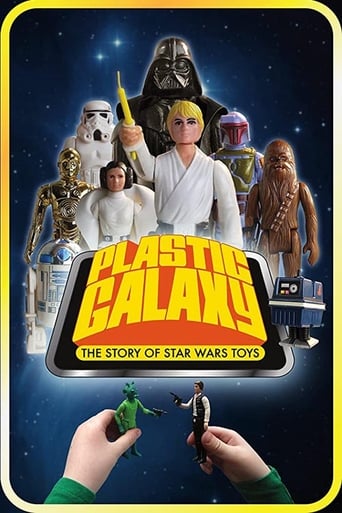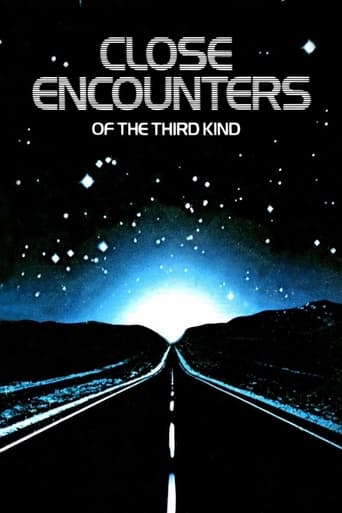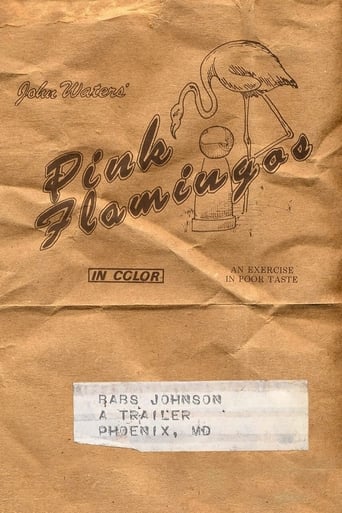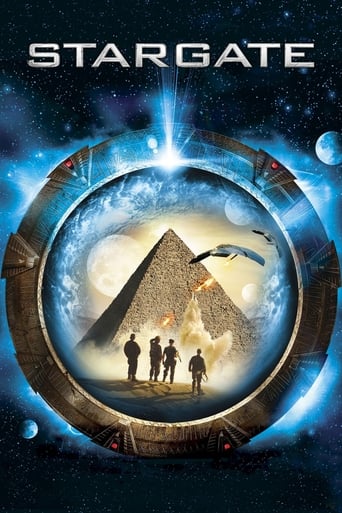Plastic Galaxy: The Story of Star Wars Toys (2014)
Plastic Galaxy explores the ground breaking and breathtaking world of 'Star Wars' toys. Through interviews with former Kenner employees, experts, authors, and collectors, the documentary looks at the toys' history, influence, and the passions they elicit today.
Watch Trailer
Cast


Similar titles
Reviews
What makes it different from others?
recommended
Boring, over-political, tech fuzed mess
Very interesting film. Was caught on the premise when seeing the trailer but unsure as to what the outcome would be for the showing. As it turns out, it was a very good film.
Documentary focusing on the creation of the original Star Wars toy line by Kenner and the subsequent collecting fandom that has sprung up around it over the last 40 years.Not a lot of new info here for the seasoned vintage era collector (like myself), but interviews with former Kenner employees do offer a peek behind the curtain of the creation of a legitimate pop culture phenomenon in its own right, and featured collectors show off their impressive and drool-worthy collections. Strictly for the Star Wars fan; particularly the collector or those who grew up with these toys in the 70s/80s.
It's astonishing how a collector can remember his very first Star Wars toy, and I totally struggle to remember mine, let alone the ones I had- because unfortunately, I broke them or grew out of them. This film is pretty much for the people who wish they hadn't conformed to "growing up" and being able to see all these toys again. During the film, I was like "did we have that one?", or "we used to own him/her/it". It was great to see all these collectors display their collections, and accurately know the history of it. So many Christmases I've forgotten which toys I unwrapped, whether it was He-Man, GI Joe, or Star Wars, and the worlds you created with them all. Maybe I was a little too young for Star War toys initially, as I do remember my first GI Joe. But, I digress.This documentary is interesting for the fans, and the kids who collected these toys, but it also gives major insight into the history of Kenner's acquisition of the products, and how they mass-produced them. It was great to see the designers feel satisfied with their creations upon a generation of children, as well as explaining the history of a certain toy like Boba Fett for example, or attempts at toys- the R2-D2 train was a terrible idea, but it was interesting to see. If you are a Star Wars, or a toy-collector; then this documentary is for you. Documentaries are usually pretty good, and when it's based on a fun topic, then it's especially good.***½ out of *****!
Plastic Galaxy: The Story of Star Wars Toys finds a middle ground in thriving on nostalgia and providing knowledge, which is a tricky thing to do. It could easily cop out at the cute, nostalgia factor that its subject brings a great many people, but instead, it analyzes a monstrous industry and tells of its humble beginnings and its immense rise to being a pop culture phenomenon in the toy/gaming industry. Star Wars merchandize may be the most ubiquitous licensed commodity to ever exist, and even though I was never a Star Wars fan as a child, even growing up in the late 1990's and early 2000's, I keenly remember seeing toy aisles lined with toys from the film. One collector describes the longevity of the toys very well, saying that even if there was no film of the franchise being made in the foreseeable future, stores still stocked with the toys; that privilege of relevance can't be rewarded to many other commodities.Plastic Galaxy tells of the rise in Star Wars action figures by giving us two key perspectives on the phenomenon, which come from the collectors of the toys and those who designed them and worked under Kenner, the toy company known for manufacturing them. Since their inception into the market, Kenner has sold three fourths of a billion Star Wars figures, an astronomical number that only fits with the other-worldly qualities of Star Wars itself. Before these toys were introduced, licensed commodities were an industry rarity, with the only real hot products being action figures of Planet of the Apes and The Six Million Dollar Man characters.Kenner, responsible for making such activity toys as the Easy Bake Oven and Play-Doh, saw potential in the action figures when other companies like Hasbro saw otherwise. In an act of creating one of the first "pre-order" systems for merchandize, Kenner conjured up very basic looking Star Wars figurines and plastered them on a cardboard box to be promoted in stores. People could then purchase the box and the store would put figures on reserve for them to pick up when they became available. Kenner was getting antsy because they had little on the table in way of design and it was time to start thinking about the Christmas season, despite the year not being at the halfway point. They hustled to create simple action figures that still went on to to communicate the look and feel of the Star Wars characters in as much time as they were allotted. It goes without saying that the toys were a big success; Kenner had successfully found an audience.Heads of the company wanted the action figures to be interactive and pose some kind of "play value" and child involvement to those who purchased them. One designer says if a figure didn't have a retractable lightsaber, an interactive feature, or something innovative, then it was simply "a baseball card" in the way of what you see is what you get. One particular collector also notes how immersive the figures themselves were, saying if you had enough, and were armed with an active imagination, then you could travel to other worlds. He states that your parents would come in your room and ask what you were doing, and before you could even attempt to explain what was going on, they'd walk out and leave you alone for the next two hours; they knew you were in another universe. Another collector remarks how he's passing two separate sets of his toys down to his two sons, and is working on a third set for his daughter.Some of these souls even have extremely rare prototypes of unreleased figures and early design images of the toys themselves. Seeing these combined with the variety of Star Wars figures from their early days to what they became glorifies an attractive primitive quality about these figures. Most of them are relatively basic in shape, structure, and look, but the attention to detail director Brian Stillman gives to the figures themselves and the eccentric souls who collect them shows nothing but respect and admiration. The primitive qualities of these figurines is a catch for two reason; for one, they allow for imagination to prevail, and two, they promote the original "collect them all" idea of crossing off a laundry-list of figures on the back of one of the figure's cardboard covers to assure your collection be plentiful.Stillman missteps on a couple of occasions, however. At only sixty-seven minutes, the film could've easily been expanded to include more personal details about the designers and art team who worked on the toys themselves. The end of the documentary discusses how many of the designers were sleep-deprived, on the edge, and even slept in their offices; one man even states how he missed out on a great deal of the first two years of his child's life because he was constantly at work. This idea is dismissed as abruptly as it is brought up, and it's such a huge part of how and why these figures were created that it practically begs development. Furthermore, Stillman's editing gets kind of clunky too, embellishing certain collectors' emotions and reactions during the first half of the documentary with playful cutting and editorial decorating tactics that do nothing but load the film with unnecessary aesthetics.And yet, Plastic Galaxy is a nice, if basic, history on the impact Star Wars toys had on the industry and its fanbase. The film ends on an optimistic note, despite noting that following the release of Return of the Jedi and seeing a generation age to become tweens and teenagers saw the market, at the time, take a sharp decline in sales. Nonetheless, a new generation was born that shares the same kind of love and obvious affection for George Lucas's commodity and that gives heartened collectors hope that the toys, like the impacts they had on they themselves, aren't going anywhere.
I didn't expect much with "Plastic Galaxy" because I figured I'd done all the research over the years and knew the story. But it sucked me right in and even had a few things to teach. It's crowd-funded and brief (a quick 70 minutes), and that unassuming nature adds to its charm.They do a pretty good job tracing the toy line's history from inception to the mid-nineties rebirth, which includes touching on the actual company. It's really cool that they actually shot outside the Kenner building in Cincinnati (would've been nice to go inside, but you can't fault them for that - were the company still in Cincy, we probably would've gotten inside access). There's some interview material from actual Kenner employees (even Lucasfilm's in-house aficionado Steven Sansweet's involvement bolsters the movie's credibility), but the movie rests mostly on insight from private collectors. The good news is that these are not just resale-value hunters - they're actual childhood fans; people who who played and grew up with these figures. These testimonials have heart.All in all, it's a pretty well done movie for the budget. It's fun for those who love this stuff and accessible for those who are new to the game.8/10















